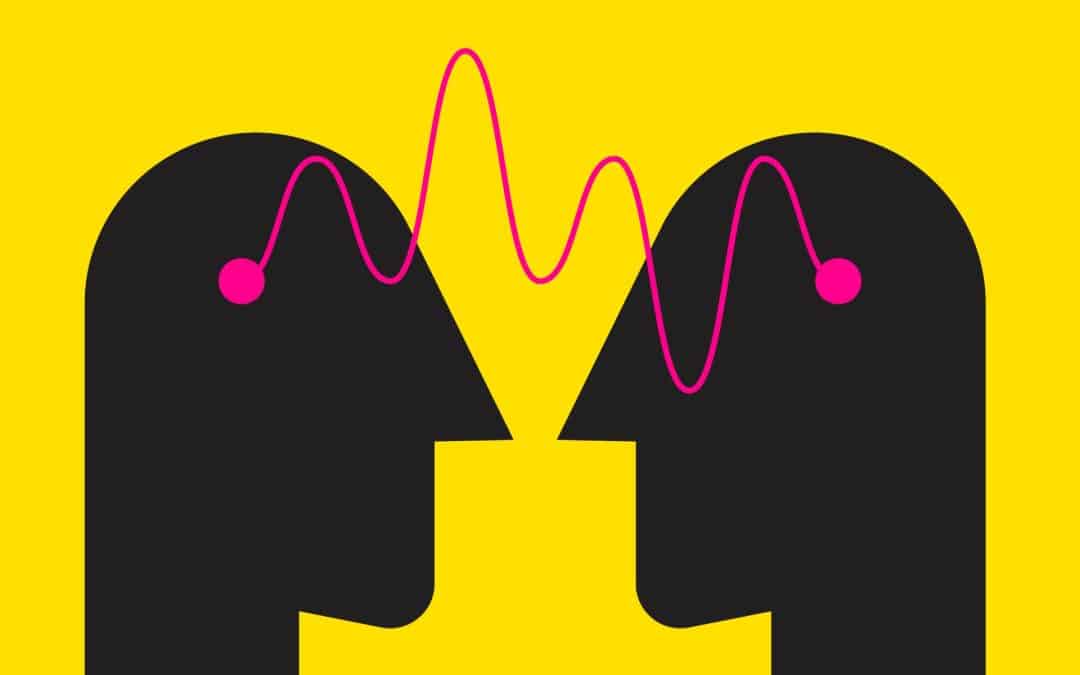For those with anxiety (and more) I find it is very helpful for them to see that this ‘happens to them’, rather than it being a brain aberration or deficit that they are forever stuck with.
It is useful to people to discover, in a way they can easily grasp, that the body finds it difficult to process sensory information when it is in an extreme state.
- This can inspire curiosity and openness and can provide safety, context and ownership of the sensory- attentional work.
- People then get to see what it can do when it is not in an extreme state.
Resilience
- This builds strength at an interstitial level
- It allows the body to regenerate, neural processes to have time to sort and reorganise and the body/mind to be better connected so that processes like working memory, executive functioning and interoception are more accessible.
It is not outcomes focused, it is a blend of cognition, curiosity, permission and personal authority guided by the therapist.





